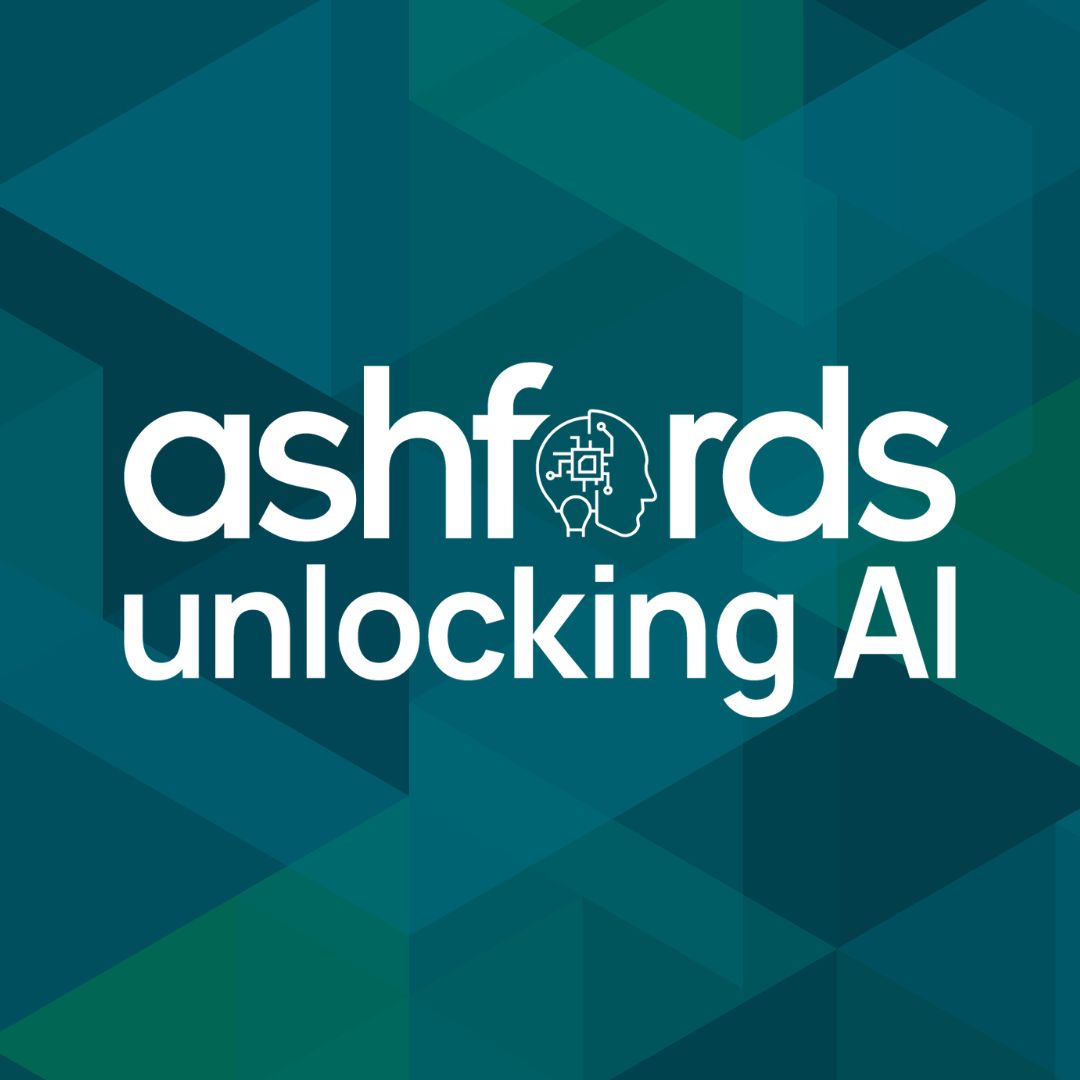Under the Health and Safety at Work Act 1974, organisations have a duty to manage risks and to protect the health, safety and welfare of their workforce and other people who might be affected by their work activities. With the number of AI tools ever increasing, employers will naturally look to incorporate AI solutions as part of that risk management process. Whilst AI will no doubt prove increasingly capable at providing assistance to employers in their fulfilment of their duty, organisations should be careful not to place too much reliance on this and certainly not to seek to replace human input.
Two duties, which are the bread and butter of health and safety law are:
So how can AI go to the fulfilment of these two duties?
AI systems can process and analyse vast amount of complex data, identifying patterns and correlations which might not be immediately apparent to human analysists. For example, predictive analytics in AI can analyse past incidents and identify underlying factors that contributed to them, forecasting potential similar scenarios and providing valuable contribution to the identification of risks.
However, AI systems often lack the nuanced contextual understanding of humans, which is particularly limiting for the management of safety risks. Where human error is often the root of health and safety accidents - a specific human understanding of unique and minor variables such as change in weather, fatigue or equipment, are all conditions which a human assessor will be able to accurately take into account of when writing a risk assessment. Where a human can apply the circumstances to that particular setting and the unique characteristics of a person, AI is limited to predictions based on past situations and the ‘generic’ human.
These limitations are particularly evident in ‘dynamic’ risk assessments, whereby workers respond in ‘real-time’ to new circumstances, assessing and responding to risks on the spot. Competent humans can quickly adapt their assessments to accommodate a vast array of environmental conditions and circumstantial changes. However, AI might require retraining or manual intervention, potentially delaying the implementation of necessary safety measures.
Central to any effective health and safety management, including carrying out risk assessments, is the duty under Regulation 7 to appoint a competent person. In short, the realisation of this duty means that AI simply cannot be used as a substitute of human oversight. The Health and Safety Executive (HSE) confirms:
“You must get help from a competent person to enable you to meet the requirements of health and safety law. A competent person is someone who has sufficient training and experience or knowledge and other qualities that allow them to assist you properly. The level of competence required will depend on the complexity of the situation and the particular help you need”.
Whilst the appointed competent person may use technology to assist them in their role and may assist them in demonstrating that they have the ‘necessary knowledge’, it cannot be used as a replacement for the requirement to have necessary ‘skills and experience’. It certainly cannot be a replacement for the person themselves.
It is also noted that in HSE Guidance, ‘competence’ is defined as combining “practical and thinking skills, knowledge and experience”. When describing what competency looks like when done badly or not at all, the first example is “lack of awareness of key hazards/risks”.
Whilst admittedly it is unlikely that this was written in contemplation of the ‘competent person’ being taken over by AI, the use of the words ‘thinking’ and ‘awareness’ are two qualities unique to humans to which the HSE have afforded high value in the management of health and safety.
It is not to say that AI does not have its place in the world of health and safety regulation. In addition to the benefits laid out in this article, transparency is a crucial aspect of legal compliance, particularly when the regulator comes calling.
AI-driven risk assessments can provide transparent decision-making processes, by outlining the algorithms and criteria used to evaluate risks and remove unconscious bias. AI can also support in the record keeping and retention of key information, which may be crucial in the analysis of incidents and may assist in the event of legal proceedings.
The reality is, health and safety is a human-centric issue which requires a human-centred response. The assistance of AI in managing workplace safety is on the rise and the benefits of it should not be under-estimated. Organisations must carefully consider how its role may assist, rather than replace, those with risk management responsibilities.
For more information on regulations surrounding workplace health and safety, please contact the business risk and regulation team.
If you are interested in how AI will change business and the law, visit and bookmark our Spotlight AI hub for more AI insights. The Hub brings together commentary from Ashfords’ experts, our clients and our contacts across a wide range of areas; looking at how AI might impact as its use evolves.
Please do also get in touch if there are any specific areas related to AI that you’d be interested in hearing more about.
Visit our AI spotlight area